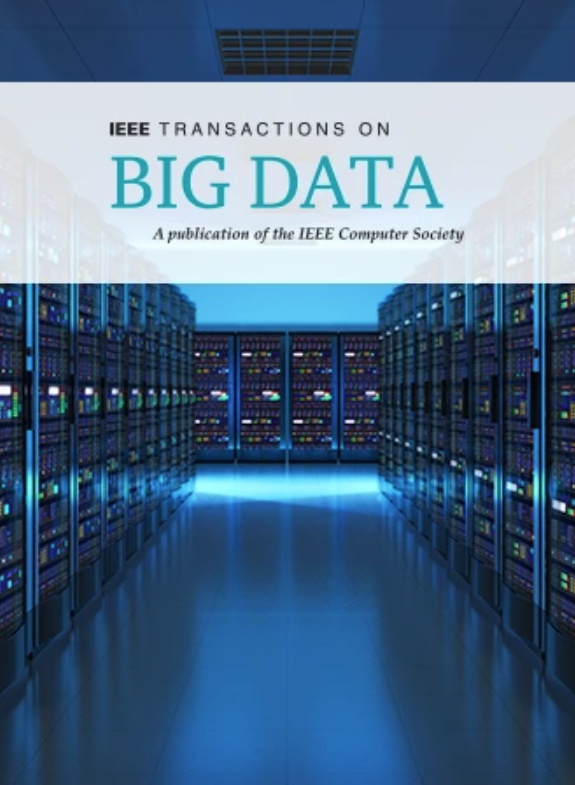Big Data-Driven Advancements and Future Directions in Vehicle Perception Technologies: From Autonomous Driving to Modular Buses
IF 5.7
3区 计算机科学
Q1 COMPUTER SCIENCE, INFORMATION SYSTEMS
引用次数: 0
Abstract
The rapid development of Big Data and artificial intelligence (AI) is revolutionizing the automotive and transportation industries, leading to the creation of the Autonomous Modular Bus (AMB). Designed to address the key challenges of modern public transportation systems, the AMB adopts a modular dynamic assembly approach. However, existing research on the AMB predominantly focuses on operational aspects, whereas in-transit docking remains the primary obstacle to its commercial deployment. This challenge stems from the fact that current perception accuracy in autonomous vehicles is limited to the decimeter level, with insufficient capability to manage adverse weather and complex traffic conditions. To enable AMBs to achieve full-scenario autonomous driving capabilities, this paper reviews current perception technologies from three perspectives: single-vehicle single-sensor perception, multi-sensor fusion perception, and cooperative perception. It examines the characteristics of existing perception solutions and evaluates their applicability to AMB-specific requirements. Furthermore, considering the unique challenges of in-transit docking, this paper identifies and proposes four future research directions for advancing AMB perception systems as well as general autonomous driving technologies.车辆感知技术的大数据驱动进展与未来方向:从自动驾驶到模块化公交车
大数据和人工智能(AI)的快速发展正在彻底改变汽车和运输行业,导致自主模块化客车(AMB)的诞生。为了解决现代公共交通系统的主要挑战,AMB采用模块化动态组装方法。然而,现有的AMB研究主要集中在操作方面,而在轨对接仍然是其商业部署的主要障碍。这一挑战源于这样一个事实,即目前自动驾驶汽车的感知精度仅限于分米级别,没有足够的能力来应对恶劣天气和复杂的交通状况。为了使amb能够实现全场景自动驾驶能力,本文从单车单传感器感知、多传感器融合感知和协同感知三个方面综述了当前的感知技术。它检查了现有感知解决方案的特征,并评估了它们对特定于amb的需求的适用性。此外,考虑到过境对接的独特挑战,本文确定并提出了未来推进AMB感知系统以及通用自动驾驶技术的四个研究方向。
本文章由计算机程序翻译,如有差异,请以英文原文为准。
求助全文
约1分钟内获得全文
求助全文
来源期刊

IEEE Transactions on Big Data
Multiple-
CiteScore
11.80
自引率
2.80%
发文量
114
期刊介绍:
The IEEE Transactions on Big Data publishes peer-reviewed articles focusing on big data. These articles present innovative research ideas and application results across disciplines, including novel theories, algorithms, and applications. Research areas cover a wide range, such as big data analytics, visualization, curation, management, semantics, infrastructure, standards, performance analysis, intelligence extraction, scientific discovery, security, privacy, and legal issues specific to big data. The journal also prioritizes applications of big data in fields generating massive datasets.
 求助内容:
求助内容: 应助结果提醒方式:
应助结果提醒方式:


